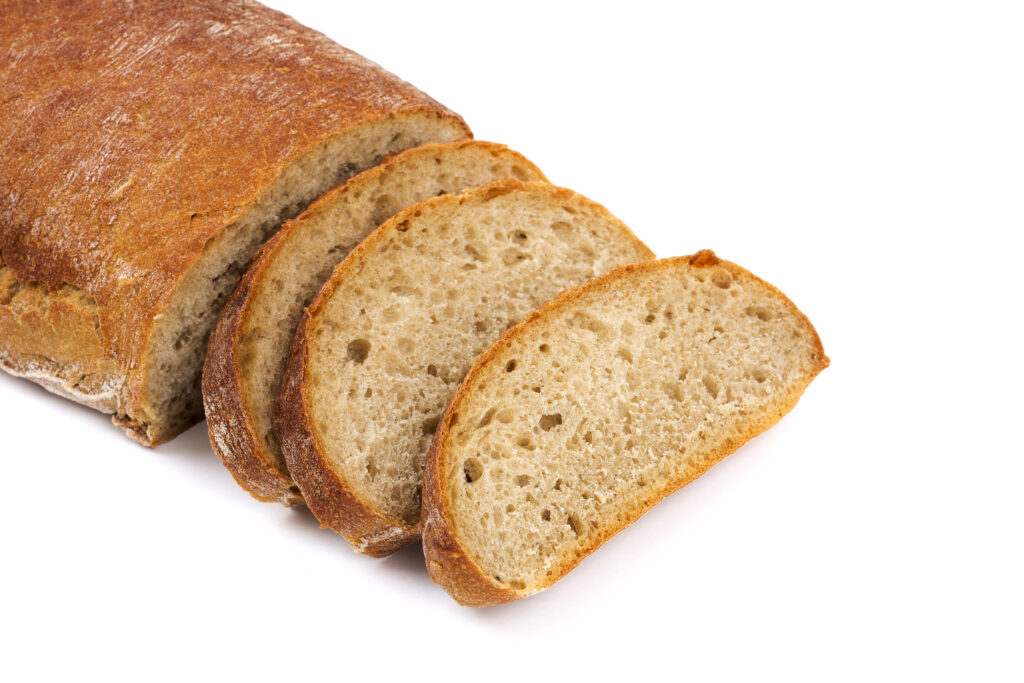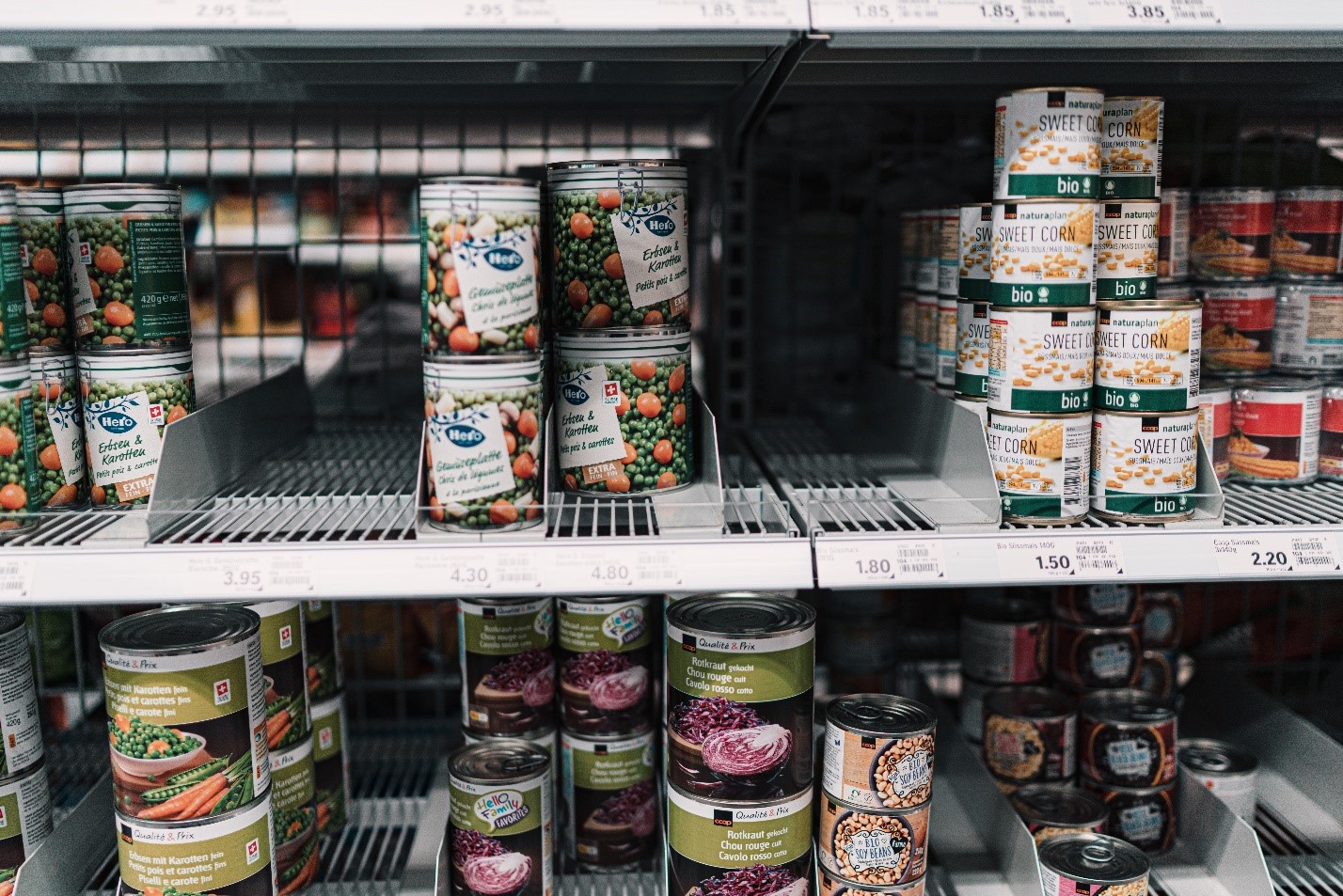In today’s modern world, a plethora of new technologies have been instrumental in creating new foods, especially plant-based foods. But even with today’s available food tech, some of America’s most popular foods were born out of necessity for, and by, the US military — the necessity being to develop compact and nutritional ways to feed soldiers.
The food processing techniques pioneered by the military didn’t just stay within the military. We can thank army scientists for the creation of several techniques, including pressure processing, which ensures uncooked foods are safe to ingest. But beyond techniques, the military is responsible for many beloved snack foods and beverages that are still enjoyed to this day. Here are a few notable ones.
Cheetos
The iconic corn-puffed, cheese-flavored snack is known to leave a bright orange residue on the fingers of snackers — but that powder was actually created during World War I. Cheetos were made possible by the dehydration process the military created to remove water from cheese. The result was dehydrated, preservable cheese dust that was eventually distributed by Kraft Foods to troops, who used it on just about everything, from pasta to potatoes to sandwiches. Post-WWII, Frito Lay began spraying this cheese dust on puffed corn and from there, Cheetos were born.
M&Ms
Back in war times, people were less likely to buy chocolate in the summer since it melted too easily. To solve this problem, Forrest Mars Sr. (the son of Milky Way inventor Frank Mars) partnered with Bruce Murrie under the Hershey company to create a candy-coated chocolate snack that wouldn’t melt in higher temperatures. Termed M&Ms, the now-iconic snack was sold exclusively to the US military during WWII, which is significant since sugar was made unavailable to civilians. But when the sugar rations were lifted, M&Ms became tremendously popular among civilians and they are still enjoyed by millions today.
Sliced Bread
We all know the expression, “It’s the greatest thing since sliced bread,” but where did it come from? Since homemade bread has a very short shelf life, military scientists had to find a way to preserve bread for thousands of troops deployed overseas during WWII. The result was an anti-staling additive that made bread more shelf-stable than ever before. Sliced bread has since become a pantry stable of US households thanks to military scientists.
Pre-Packaged Guacamole and Dips
Much like bread, raw fruits and vegetables don’t have the longest shelf life without some form of preservative. To preserve produce for the troops, the military used high-pressure processing to lengthen the shelf-life of fresh foods. Before restaurants charged extra for guacamole, it was a favorite among soldiers. High-pressure processing gave rise to other popular dips, including hummus and salsa, as well as packaged deli meats, all of which would not have been possible without military scientists.
Instant Coffee
According to NPR, soldiers have been enjoying coffee since as early as the Civil War. But it wasn’t until WWI that the coffee became instant. Freeze dehydration — developed to preserve battlefield blood to treat soldiers in the field — steadily made its way into the food supply chain post-war. While freeze-dried foods were criticized for their lack of flavor, freeze-dried beverages gained much more attention, especially instant coffee. Like civilians, soldiers made instant coffee a part of their morning routines, too.










Join or login to leave a comment
JOIN LOGIN